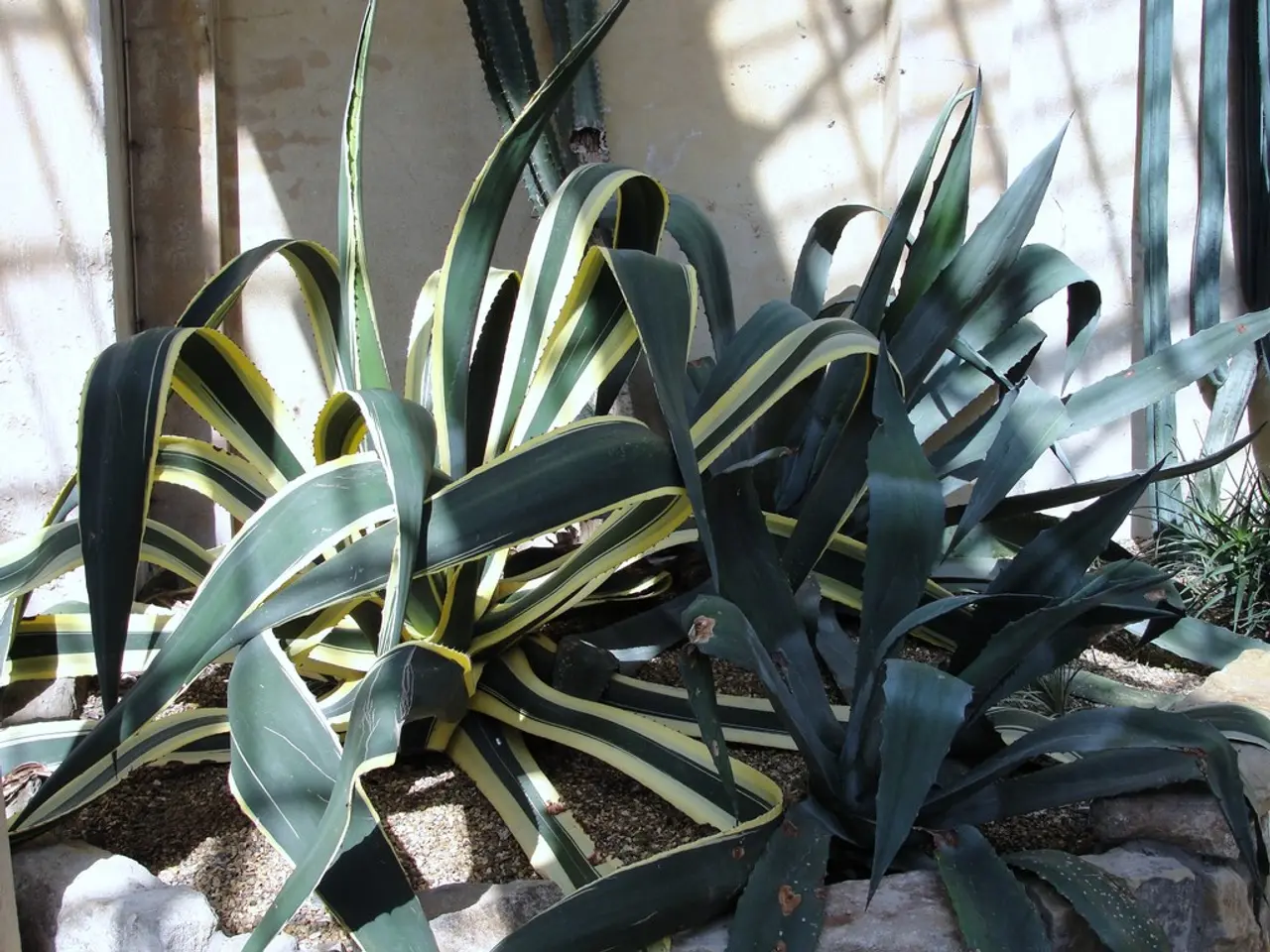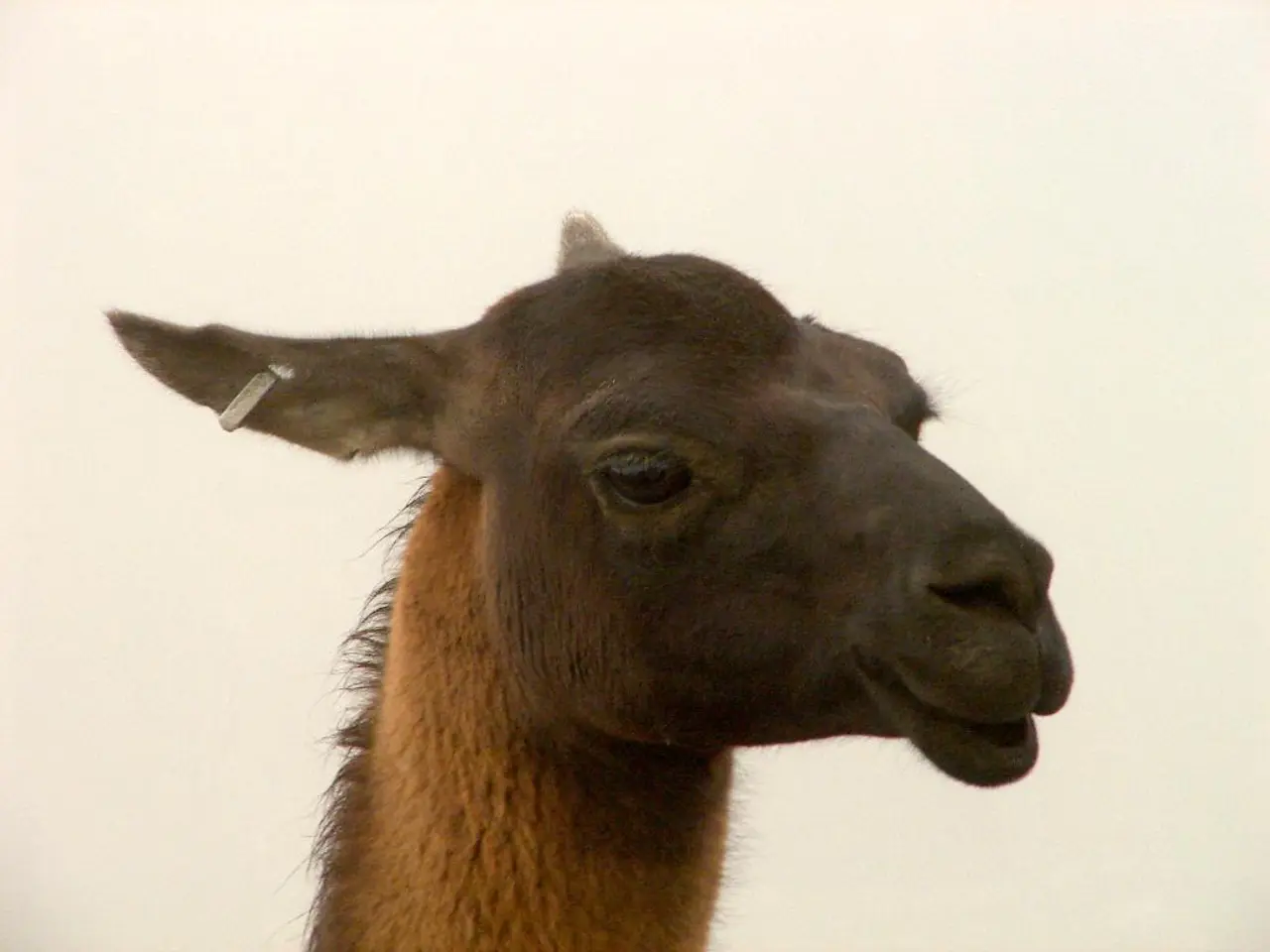Backyard Pond Blunders to Steer Clear Of: A Guide to Avoiding Common Mistakes in Your Home Aquatic Haven
Transforming your backyard into an enchanting paradise with a serene pond is a dream shared by many homeowners. But, jumping into a pond project sans proper planning often leads to mistakes that could make your water wonderland a murky mess. Here are common pitfalls to steer clear of, along with a few tips to craft an aquatic ecosystem that demands minimal upkeep and offers endless enjoyment.
Escaping the Filtration Conundrum
Neglecting adequate filtration is one of the most widespread pond problems. A properly sized filter is crucial for maintaining clean water and making maintenance a breeze. Many pond owners, however, opt for filters that are too small for their water volume or fish load, resulting in cloudy water and algae maladies. To prevent this issue, choose a filter based on your pond's total gallons, fish population, and sunlight exposure. A good rule of thumb is a filter rated for at least the total volume of your pond, with more in the cards if you plan to house fish. Remember that manufacturer ratings may assume optimal conditions, so size accordingly.
Selecting the Wrong Location
Positioning your pond in the wrong spot can cause issues aplenty. Inept pond builders choose locations based purely on aesthetics at the neglect of practical factors. A pond nestled beneath trees, for example, will attract an influx of leaves and debris, turning maintenance into a labor-intensive task. Opt for a spot receiving 4-6 hours of sunlight daily (with some afternoon shade in warmer climates) and situated away from trees. Also, keep electrical outlets for pumps and filters in mind, as well as visibility from your home so you can savor the pond at your leisure. Easily accessible maintenance points are crucial, too.
Shallow Pond Syndrome
Building a pond too shallow brings about numerous complications, including temperature fluctuations, enhanced algae growth, and winter freezing concerns. Shallow ponds heat up swiftly in summer, which stresses fish by reducing oxygen levels. They also freeze more completely in winter climates. For most backyard ponds, aim for a depth of at least 2 feet, with 3-4 feet being ideal if you wish to accommodate fish or live in a region with freezing winters. This depth ensures stable temperatures, adequate oxygen levels, and protection from predators, while offering fish a refuge during adverse weather.
Inefficient Circulation
Neglecting proper water circulation can make your pond a breeding ground for mosquitoes and algae. Lackluster circulation also results in low oxygen levels that can harm fish and beneficial bacteria. To prevent these problems, circulate your entire pond volume at least once every two hours, which might necessitate multiple pumps or strategically placed return jets.
Ignoring Wildlife Considerations
Creating a pond without wildlife in mind often leads to disappointment. Predators such as raccoons, herons, and cats can prey on fish populations if not given due consideration during pond design.Implement features like steep sides, deeper areas, and fish refuges, like rocks, plants, or fish caves. Protective netting can be used during vulnerable periods, and motion-activated sprinklers can deter unwanted guests without harming them or spoiling your pond's natural appearance.
Neglecting Pond Edging
Sloppy pond edges can create numerous problems, including water loss, liner damage, and landscaping erosion. DIY pond builders often neglect securing liners properly or producing seamless transitions between water and land areas. To overcome these issues, use rocks, pavers, or specialized pond edging to hide liner edges, prevent erosion, and create a more natural appearance. Ensure the edging overlaps the liner by several inches and is securely attached to minimize damage from UV exposure and wildlife.
Underestimating Maintenance Needs
Non-seasoned pond owners frequently overlook the ongoing upkeep their water feature will need. Without regular maintenance, even well-designed ponds can develop issues with water quality, equipment malfunctions, and plant overgrowth. To avoid these problems, anticipate weekly tasks like water level checks and debris removal, monthly filter cleanings, and seasonal maintenance like spring cleanups and winter preparations. Crafting a maintenance schedule can help prevent these tasks from becoming overwhelming. Moreover, investing in quality equipment during initial installation often reduces maintenance demands in the long run.
Poor Plant Selection
Picking the wrong aquatic plants or an excessive number may throw off your pond ecosystem's balance. Some plants can become invasive, while others might not survive in your climate or water conditions. Furthermore, many newbies fail to factor in the mature size of aquatic plants. To avoid these pitfalls, research plants that flourish in your hardiness zone and pond depth. A balanced ecosystem calls for a mix of submerged oxygenators, floating plants, and marginals. Aim to cover about 50-60% of your pond's surface with plants to help shade the water and compete with algae for nutrients.
Failing to Test Water Quality
Neglecting basic water parameter monitoring is a mistake that frequently results in fish disease, algae blooms, and plant issues. Pond owners who only monitor water quality when problems arise miss the chance to catch potential issues before they materialize. Invest in a quality test kit explicitly designed for ponds—not swimming pools—and keep a record of results to spot trends before they become serious problems and guide your maintenance efforts.
Overcrowding the Fish Population
Adding too many fish is one of the most common pond missteps. Overcrowding leads to poor water quality, increased disease risk, and increased maintenance requirements. Before introducing fish, familiarize yourself with the appropriate fish loads depending on your pond's size and your chosen species. As a general guideline, allocate approximately 1 inch of fish per 10 gallons of water for goldfish, and 1 inch per 20 gallons for koi. Keep in mind that fish can grow rapidly, so plan for their adult size. Start with fewer fish than your pond can support, offering room for growth and natural reproduction.
Choosing Subpar Liner Materials
Selecting the wrong liner or installing it improperly guarantees eventual problems. To save costs, some pond owners opt for thin liners or materials not made for water features. These choices inevitably leak or deteriorate prematurely. Invest in a high-quality EPDM rubber or reinforced PVC liner with a minimum thickness of 45 mil for most backyard ponds. Always ensure the liner extends at least 12 inches beyond your planned edge for settlement and proper installation, and use protective underlayment to prevent punctures from roots and rocks.
Overlooking Winter Preparations
Many pond owners in cold climates neglect the necessary winter preparations, leading to equipment damage, fish loss, and structural issues. Freezing and thawing cycles can harm pumps, filters, and pond structures. Prepare for winter by removing debris, installing a de-icer or aerator to maintain gas exchange, and potentially reducing pump flow. Decide whether your equipment can safely operate throughout winter or needs to be removed and stored. Winter fish care requirements also vary, with reduced feeding necessary as temperatures drop.
Forgetting Safety Features
Neglecting safety considerations can lead to accidents, especially in homes with young children or pets. Ponds with steep sides and significant depth can pose drowning risks that many homeowners fail to address adequately during planning. Consider installing graduated shelves instead of straight drop-offs, adding a protective fence for deeper ponds, or using a sturdy pond grate just below the water surface. Electrical safety is equally important, always use GFCI outlets for all pond equipment and adhere to local codes for outdoor electrical installations.
Neglecting Beneficial Bacteria
Many inexperienced pond keepers underestimate the importance of beneficial bacteria in maintaining water quality. These microscopic helpers break down waste and prevent ammonia and nitrite buildup, but they need time and suitable conditions to establish themselves. To help the bacteria colonize, add quality beneficial bacteria products during pond construction, after major cleanings, and during water changes. Provide ample surface area through biological filter media, rocks, and plant roots for the bacteria to thrive. Avoid using antibacterial treatments and excessive cleaning that could harm these helpful microbes.
Ignoring Water Level Management
Neglecting to monitor and maintain proper water levels can result in equipment damage and water quality issues. Evaporation, especially during summer, can cause levels to drop significantly in just a few days. Some pond owners also neglect to account for rain overflow scenarios. To avoid these problems, install an auto-fill device or develop a regular water level checking schedule. For overflow provisions, create overspill routes to divert excess water away from your home's foundation during heavy rains. Also, keep in mind that significant water additions may require a water conditioner to neutralize chlorine and chloramines from tap water.
Failing to incorporate the right balance of plants into your pond could disrupt the ecosystem, as inappropriate or excessive plants can throw off the balance and lead to algae growth or poor water quality. Research and select plants that thrive in your hardiness zone, pond depth, and local climate for a healthy and balanced ecosystem. (Poor Plant Selection)
Not teaching children and pets about pond safety can lead to accidents. Homes with young children or pets should consider adding safety features to the pond, such as graduated shelves, protective fences, or pond grates, as steep sides and significant depth pose drowning risks. (Neglecting Safety Features)




